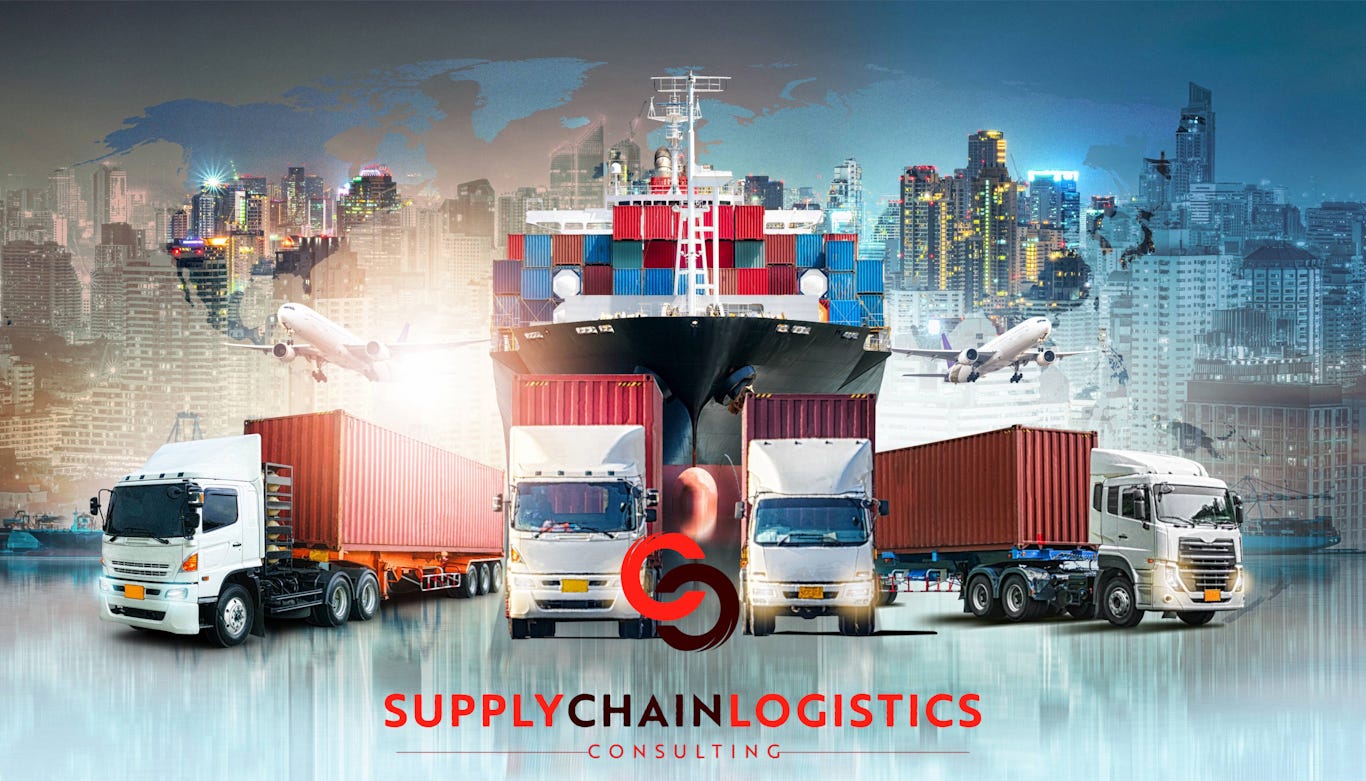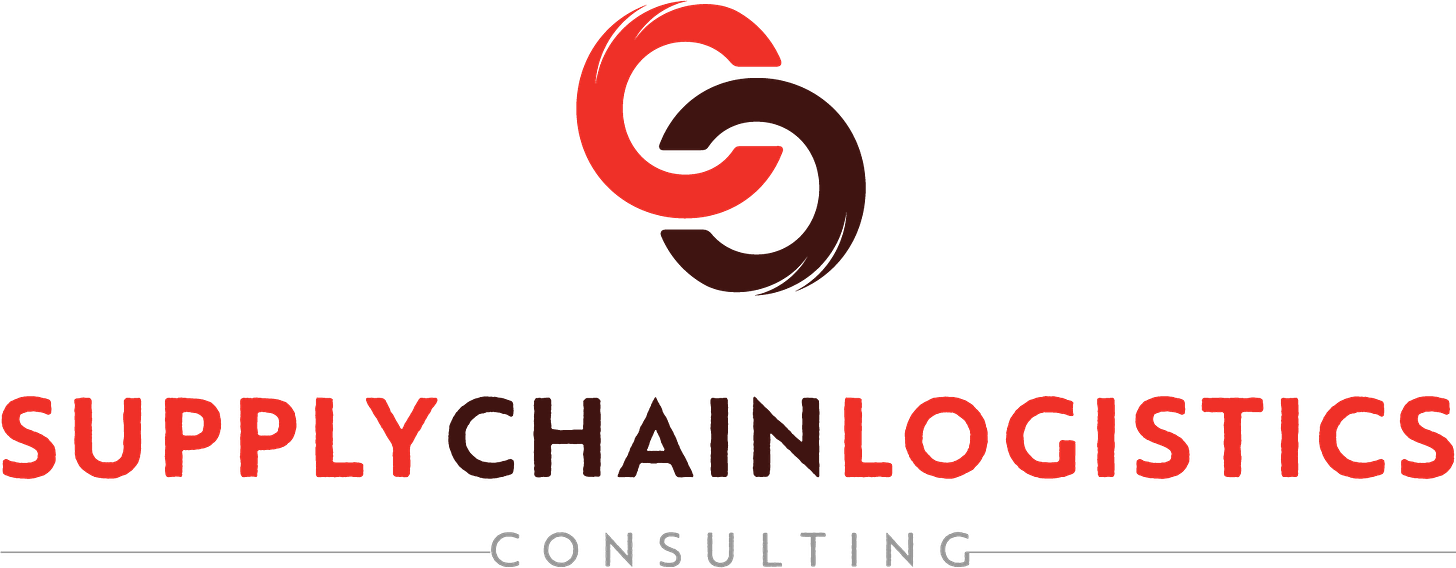SCLCI’s Early Editions: “Why Worry? Is Re-shoring an Opportunity or a Risk.”
Review the differences of ‘friend-shoring’, ‘near-shoring’, and ‘off-shoring’.
Plus, use this link to a free TCO calculator.
In this article, business leaders will discover the drivers behind the international appeal of various strategies while exploring the incentives and risk to each approach.
Why Worry?
Should your company consider re-shoring.
When business leaders think about re-shoring they immediately think of costs. Higher costs are the top concern from near-shoring or even “friend shoring” activities by North American manufacturers. This worry stems from a perceived negative trade-off where business owners must become resigned to the idea they will pay more for labour and in higher taxes than for the same production if completed overseas.
Although this is true, there are unexplored benefits and new incentives at play that significantly change the economic variables for manufacturers making investment decisions. That, and the cost of disruption is rapidly increasing at a global scale where negative factors are impacting world wide logistics and decreasing the predictability of supply and placing business continuity at risk.
It is important that business leaders understand the meaning and the connections between re-shoring incentives that are being offered by governments to make an educated decision about investment.
Get to Know the Risks & Rewards.
Review the risks and the rewards of re-shoring in this brief article before making use of the free TCO Calculator included here where business owners can evaluate costs for near-shore vs. off-shore production.
Top 5 Concerns of Companies That Consider Re-shoring.
- Costs: Labor expenses, infrastructure, and overhead.
- Talent: Availability, training, and retention.
- Logistics: Shipping, supply chain complexity.
- Compliance: Legal costs, IP protection.
- Infrastructure: Facilities, technology investments.
With all the disruption in global supply, is off-shoring still the lowest cost option?
Near-shoring offers benefits like reliability and speed while mitigating risks. To establish the benefit or cost of re-shoring, business owners must understand the risks and the potential rewards.
Things have changed. New incentives may increase the viability of re-shoring production. Try the free Total Cost Calculator to learn what that is for your business.
Are geopolitical pressures putting production and product flow issues in the spotlight?
One of the reasons that business owners consider near-shoring is that the cost of disruption has been rising for their company’s and for their customers.
#supplychainchallenges #logistics #supplychain #valuechain #global
“Friend Shoring”
“Friend Shoring” is an action that governments take to promote an increased amount of international trade and to strengthen relations with another country on the basis that they share similar values. The decision for ‘friend shoring’ rather than near-shoring is that it made with incentives other than lowest-cost and often serves an alternative, enhanced, or additional purpose to that of production.
For example, the friend shoring may occur between democratic nations that share political ideologies and operate the function of government in a manner that seeks to increase transparency and manage public administration in similar ways.
The motivations for ‘friend-shoring’ are different than when international trade relations are defined solely by physical location or proximity to certain markets, which is the practice of near-shoring. Near shoring understands higher cost factors into the decision for regional investment and that proximity to supply or customers offers a benefit that incentivizes this development

Rather, friend-shoring identifies with other distinguishing characteristics such as when preferential trade agreements and close international relationships between nations can be leveraged in such a way that they act as a coercive force on other countries. This might be in situations where influence must be exerted to prevent countries with unethical business practices from entering certain markets with their products and services when they are not aligned with policies of those nations and would be sold to free markets at low prices.
An example of the type of dissuasive pressure that friend-shoring might present is to prevent countries with a policy of allowing the use of forced labour in internment camps to manufacture goods for sale from entering accessing their market, or to provide an incentive for change to governments that prohibit equal access to employment opportunities and education based on an individuals gender.
The act of leveraging exclusionary efforts to exert influence in a free global market must be considered with caution and care, paying heed to unintended consequences that may arise when restricting a country and all it’s inhabitants from accessing opportunities. Excluded from lucrative markets, certain governments may discover their commonalities and become increasingly reliant on other disabused nations, in that environment, issues that were present before can persist or worsen.
The trade embargoes such as Russian sanctions applied for its invasion of Ukraine is an example of ‘like’ nations cooperating to exert economic pressures that invite change. The action of the Alliance also had the unintended consequence of exposing new weaknesses in western ‘democratized’ countries and simultaneously strengthened allegiance between several undemocratic governments as well, potentially increasing the likelihood of further global instability.
Countries and business leaders accept the challenges presented by disruption in critical trade routes and of risk to their source of supply when they take an off-shore approach to production. Diversification is a risk mitigation activity.
Decision makers can review their estimate in this free .
“Near Shoring”
Near shoring and friend shoring are not activities that typically focus on exerting political pressure, rather they seek to increase a strategic advantage or mitigate an unwanted risk. For example, the USA openly promotes investment in Canadian rare earth mineral exploration to diversify their source of supply and to decrease their over reliance on Chinese production. The elements used in lithium ion batteries are used in electric vehicles and the ‘de-risking’ activities of the USA are protectionary.
In this instance, ‘friend shoring’ by the USA is being applied strategically rather than as a tactic to achieve short term objectives, like forming downward price pressure in the market for these minerals. Typically, countries pay a higher cost to develop new sources of supply and for the USA, this investment supports an immediate strategic objectives to increase the number of high-tech, vertically integrated, American manufacturers located in North America.
For the USA, the act of near shoring or ‘friend-shoring’ from Canadian suppliers improves long term GDP while supporting future economic stability. Also, the ability to diversify supply is a protectionary measure that can be used to protect the interest of national security, without which there is exposure to influence on core political ideologies and greater risk to a nations sovereign rights.
Countries and business leaders accept the challenges presented by disruption in critical trade routes and of risk to their source of supply when they take an off-shore approach to production. Supply diversification is often used as a risk mitigation activity with its own trade offs to consider such as quality, transparency and communication, as well.
Decision makers can review their estimate in this free .
Supply Chain Management is Strategic.
Supply chain management has had the misfortune of being regarded as a departmental function by executive management in the past. The devastating effects of Covid-19 exposed the critical importance that supply chain management has at both a global, and a local level.
Now it is imperative that business leaders look beyond the essential elements of supply chain management and accept the strategic relevance to business development. It is either that, or risk being left behind as the future presses onward into an era of rapid innovation, global supply disruption, and a heightened demand for scarce resources.
What’s the total cost to bring business operations back ‘home’?
One report found that 69% of U.S. manufacturers have begun reshoring their supply chains, with 94% reporting success after doing so.
https://www.forbes.com/sites/jimvinoski/2024/01/25/covid-is-fading-but-reshoring-isnt/
TRY THIS: Free total cost of ownership estimation tool, scroll down…. (TCO Estimator)
Here’s a free Total Cost of Ownership Calculator
Made available by reshorenow.org
Test your cost of reshoring to North America (USA) using this free TCO calculator.
It’s endorsed by the US Department of Commerce and would have the newer incentives introduced to stimulate American production in high tech industry verticals.
Leave this site….
Go to:💲 (TCO Estimator) 💲
How does this help your Company?
- Profitability. Know whether there is a benefit to your company.
- Strategic Objectives. Learn if business development goals can be accelerated.
To learn more and to receive all the benefits of your subscription, visit the Supply Chain Logistics Consulting website and follow our content on all channels.
If you are interested in hiring a management consultant for your business or project and want to learn more about our management consulting services, please contact us today. We are a professional management consulting firm with years of experience in helping people at businesses like yours to achieve results.
S&Co., Supply Chain Logistics Consulting Inc.

Visit and Subscribe on all our channels.
🌐
📩Company Newsletter
𝕏 Connect
🔖 Join LinkedIn
✅ WhatsApp ☎
👉 And don’t forget to share this Early Edition channel.



